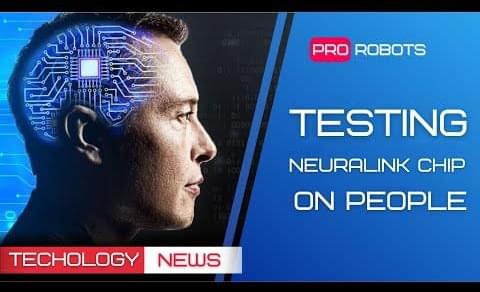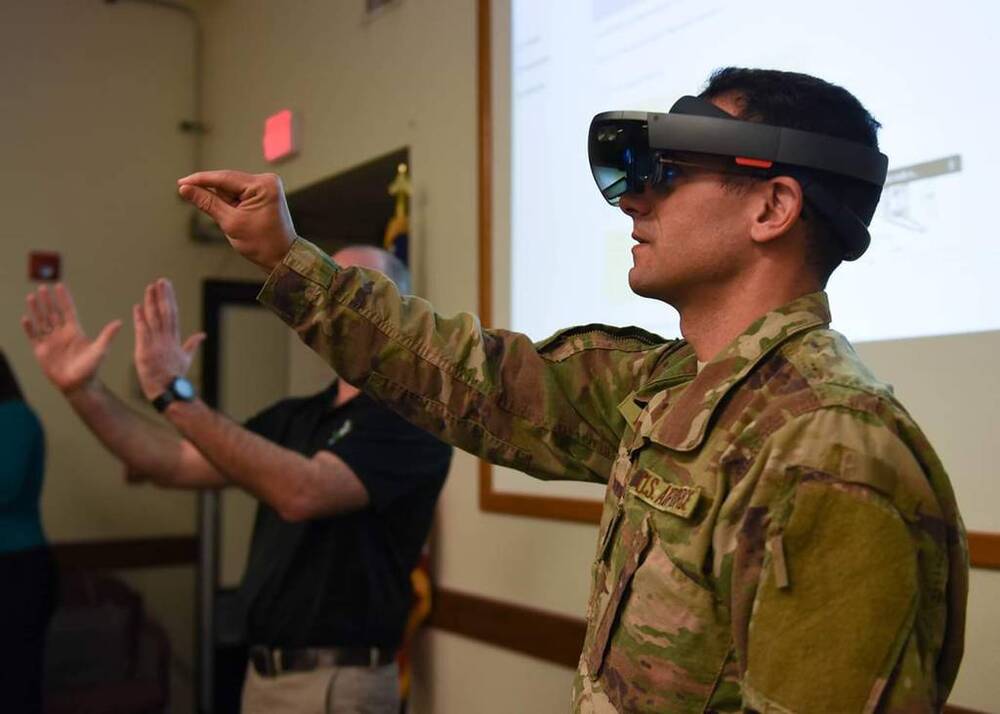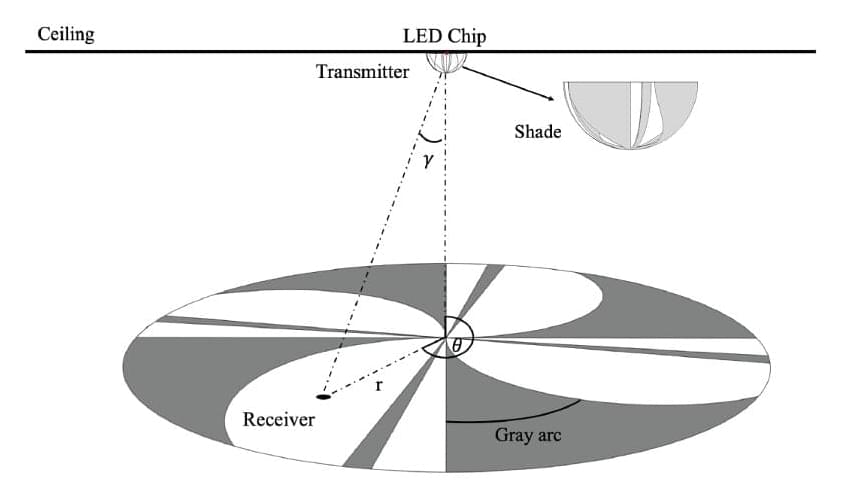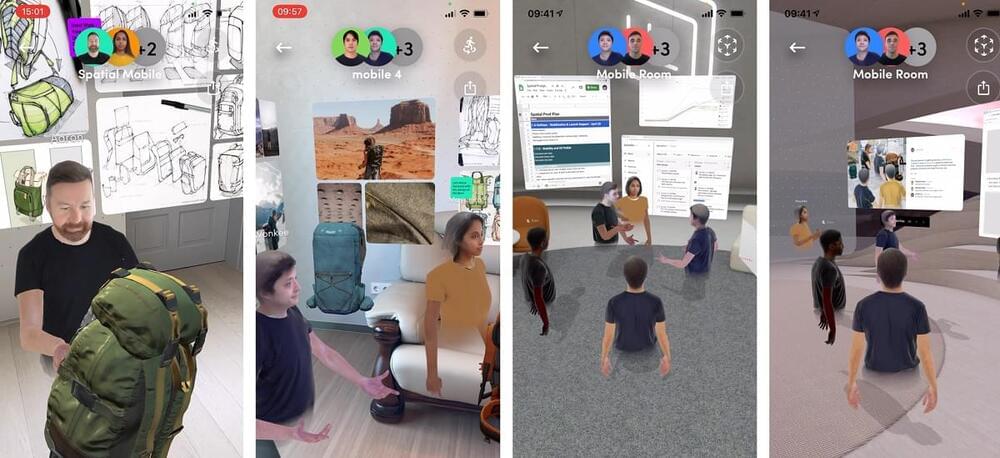Dec 27, 2021
How AI, VR, AR, 5G, and blockchain may converge to power the metaverse
Posted by Kelvin Dafiaghor in categories: augmented reality, blockchains, cryptocurrencies, internet, robotics/AI, virtual reality
Emerging technologies including AI, virtual reality (VR), augmented reality (AR), 5G, and blockchain (and related digital currencies) have all progressed on their own merits and timeline. Each has found a degree of application, though clearly AI has progressed the furthest. Each technology is maturing while overcoming challenges ranging from blockchain’s energy consumption to VR’s propensity for inducing nausea. They will likely converge in readiness over the next several years, underpinned by the now ubiquitous cloud computing for elasticity and scale. And in that convergence, the sum will be far greater than the parts. The catalyst for this convergence will be the metaverse — a connected network of always-on 3D virtual worlds.
The metaverse concept has wide-sweeping potential. On one level, it could be a 3D social media channel with messaging targeted perfectly to every user by AI. That’s the Meta (previously Facebook) vision. It also has the potential to be an all-encompassing platform for information, entertainment, and work.
Continue reading “How AI, VR, AR, 5G, and blockchain may converge to power the metaverse” »

















